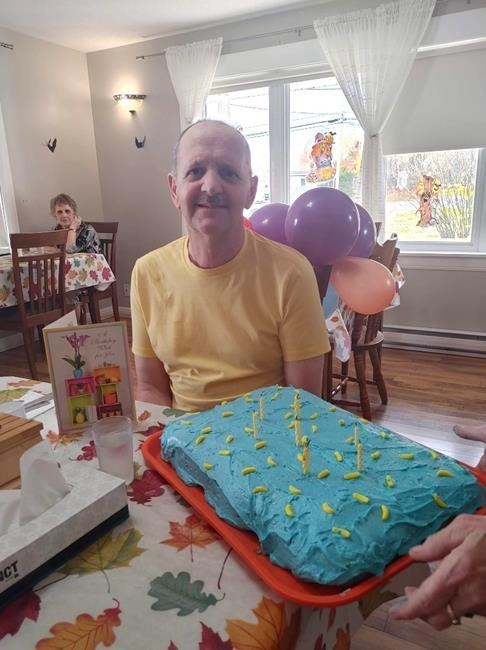FREDERICTON ŌĆö A report from an oversight committee studying possible cases of a mysterious neurological disease in New Brunswick will be released Thursday.
Last March, New Brunswick health officials alerted the province's doctors, nurses and pharmacists about a possible cluster of residents with an unknown and potentially new neurological syndrome with symptoms similar to those of Creutzfeldt-Jakob disease.
Since then, 48 people have been identified in the cluster, and families of the patients are to meet virtually with Health Minister Dorothy Shephard Thursday ahead of the report's publication.
According to the New Brunswick Health Department, the first suspected case dates to 2015 but wasn't identified until early 2020. Symptoms included rapidly progressing dementia, muscle spasms, atrophy and a host of other complications. Creutzfeldt-Jakob disease was ruled out in the New Brunswick cases.
Of the original 48 patients, nine have died. The Health Department's website says autopsies completed on six individuals confirmed they died of known causes or diseases.
Last October, Shephard raised questions about the existence of a mystery brain syndrome. "Forty-six of the 48 cases are from one neurologist. We need to make this bigger than one neurologist," Shephard told reporters at the time. She said an epidemiological study found no known food, behaviour or environmental exposure that could have caused the symptoms. ┬Ā
The minister appointed a committee of six neurologists from the province to conduct a clinical review of the cases. In recent days, many of the patients in the cluster have received letters from the committee informing them they don't have an unknown neurological condition and should contact their doctor for more details.
Among them is Roger Ellis, 65, of Bathurst, N.B., whose son Steve started a Facebook support group for the families. The younger Ellis says he believes the provincial government is trying to sweep the matter under the rug and has not done proper medical testing. ┬Ā
"We don't know what they've done. We've asked but they haven't said," Steve Ellis said in an interview Tuesday. ┬Ā
"The feeling is that it doesn't need to be a mystery disease to be investigated properly. We've said all along there's a possibility that my father and others could have a known disease but is presenting atypically. We need to find out why it is presenting atypically and why it has stopped many doctors and neurologists along the way to give a diagnosis," he said.
Stacie Quigley Cormier said she's also looking for answers. Her 20-year-old daughter Gabrielle was a member of the cluster of 48, but has also received a letter saying she has been removed.
"I'm hoping for a collaborative conversation between the families, the patients and Minister Shephard's office. We've been requesting communication and the ability to be able to speak with them for months and months," Quigley Cormier said in an interview Wednesday.
She questions how the oversight committee could make a diagnosis by only reviewing Gabrielle's file, while doctors who have examined her were unable to make a diagnosis.
"We are hoping to be able to ask questions ... and get answers to our concerns directly," she said. ┬Ā
Steve Ellis says that since the government capped the cluster at 48 last June, he has heard through his support group of at least 100 more people reporting symptoms similar to those initially associated with the mystery syndrome.
This report by The Canadian Press was first published Feb. 23, 2022.
Kevin Bissett, The Canadian Press


